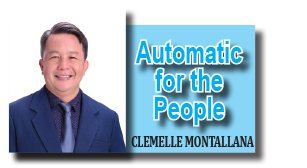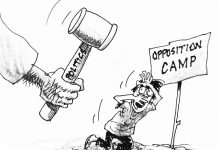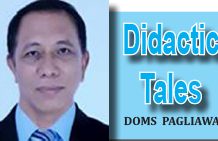The previous column, I heavily criticized the traffic realities of Tacloban, yet this time I am offering solutions and suggestions. Let me count the ways!
Tacloban City, the vibrant heart of Eastern Visayas, stands at a crossroads—not just geographically, but in its urban development. As the city continues to grow in population and economic activity, traffic congestion has become a daily struggle for commuters and residents alike. Yet within this challenge lies an opportunity: to transform Tacloban into a walkable city where movement is efficient, sustainable, and human-centered.
Reducing traffic in Tacloban requires more than just widening roads—it demands a shift in mindset and policy. Here are key strategies:
• Integrated Public Transport: Strengthening the city’s jeepney, bus, and tricycle systems with clear routes, schedules, and terminals can reduce reliance on private vehicles. A unified fare system and digital tracking would make commuting more predictable and appealing.
• Traffic Demand Management: Implementing peak-hour vehicle restrictions, carpool incentives, and congestion pricing in high-traffic zones like Benigno Aquino Avenue could discourage unnecessary car trips.
• Smart Infrastructure: Traffic lights synchronized with real-time data, pedestrian countdown timers, and designated bike lanes can streamline movement and reduce bottleneck.
A walkable city isn’t just about sidewalks—it’s about designing spaces that prioritize people over cars. Tacloban can embrace this vision through:
• Pedestrian Zones: Expanding car-free areas around Plaza Rizal, the Tacloban Boardwalk, and downtown markets would encourage walking and social interaction.
• Safe Sidewalks and Crossings: Wide, well-maintained sidewalks with shade trees, ramps for accessibility, and clearly marked pedestrian crossings are essential for safety and comfort.
• Mixed-Use Development: Encouraging buildings that combine residential, commercial, and recreational spaces reduces the need for long commutes and fosters vibrant neighborhoods.
Tacloban’s transformation into a walkable city isn’t just a logistical upgrade—it’s a cultural shift. It’s about reclaiming streets for people, fostering healthier lifestyles, and creating spaces where movement is joyful, not stressful. With visionary leadership, community support, and smart planning, Tacloban can shorten traffic—and lengthen the quality of life.Lets be hopeful in the City of Hope.




